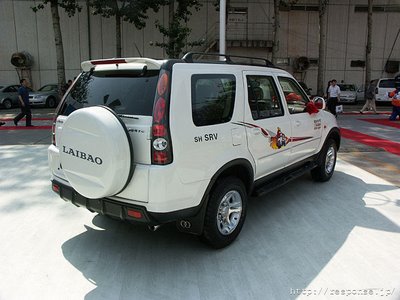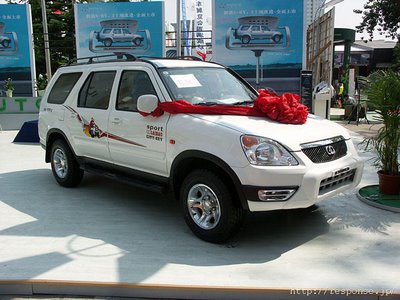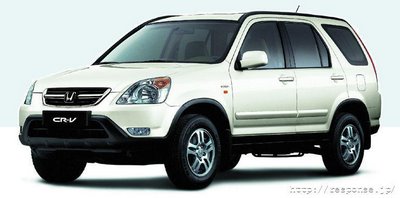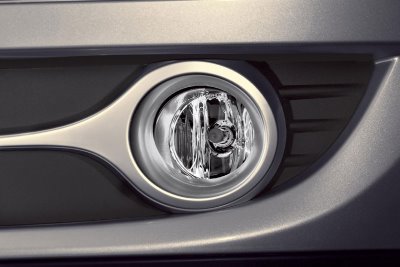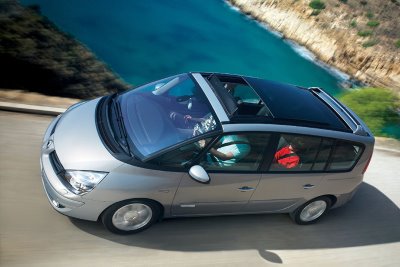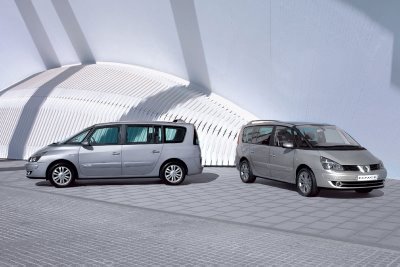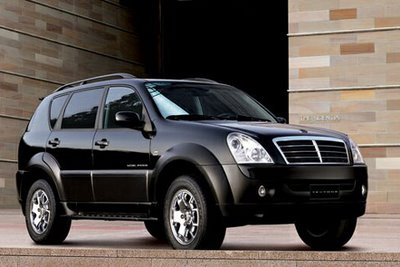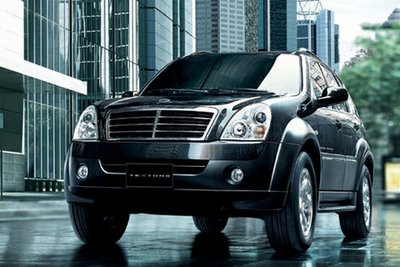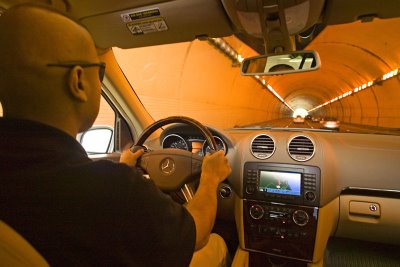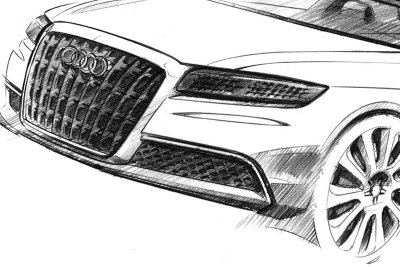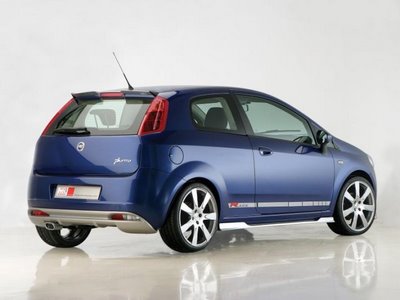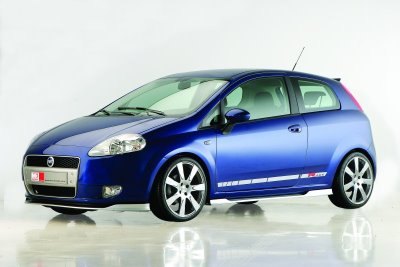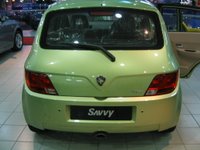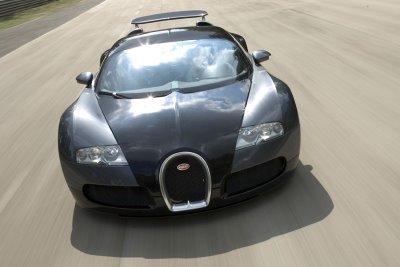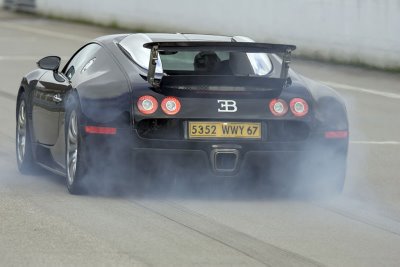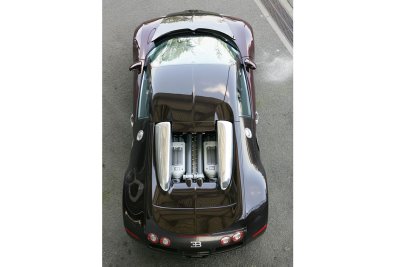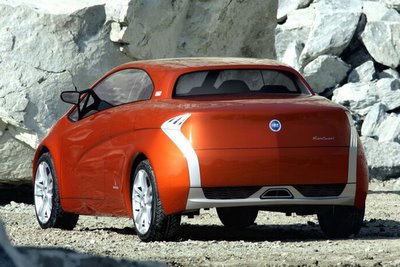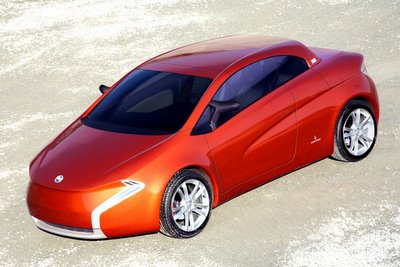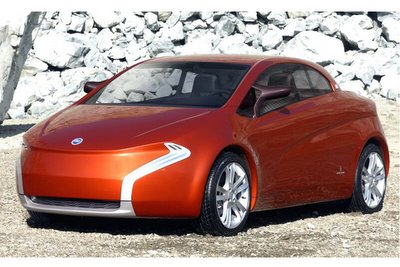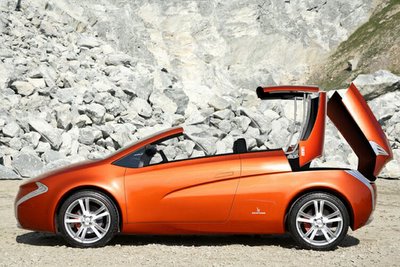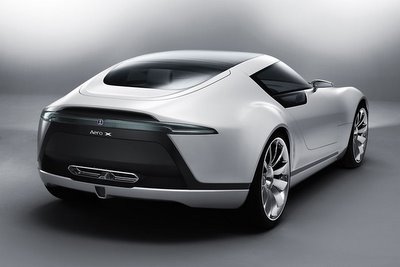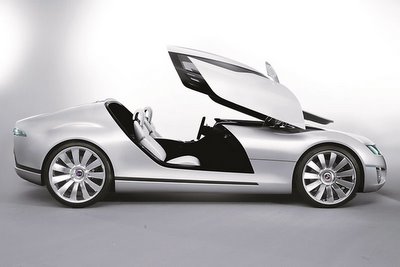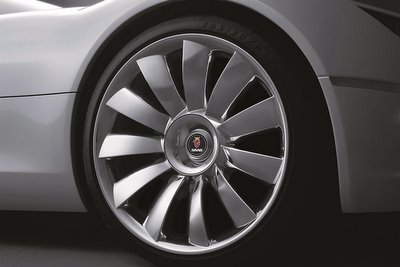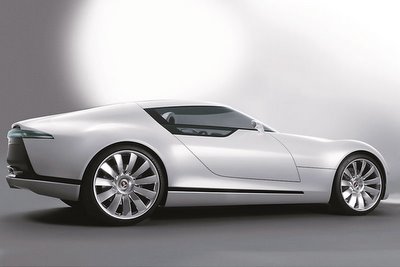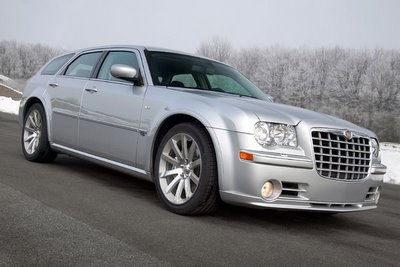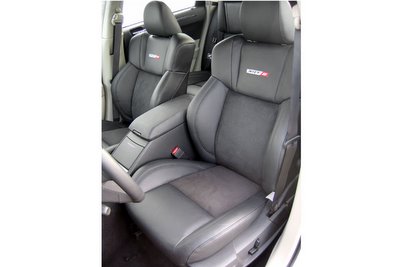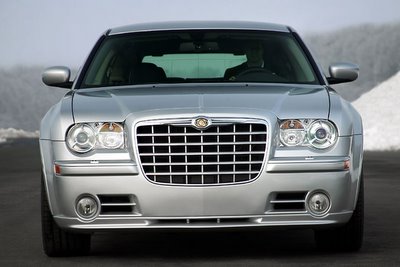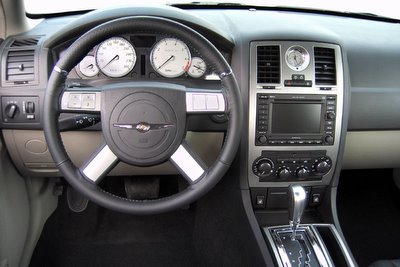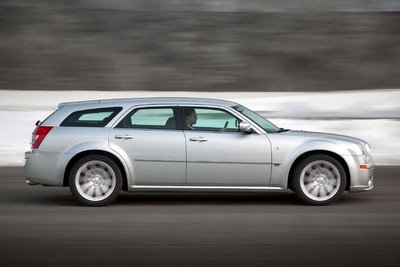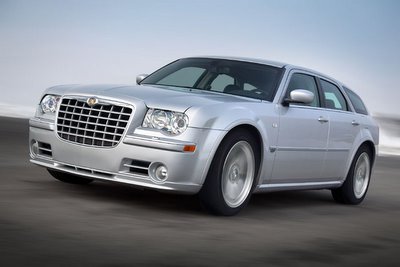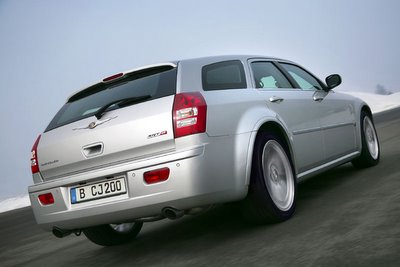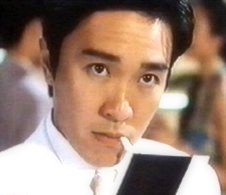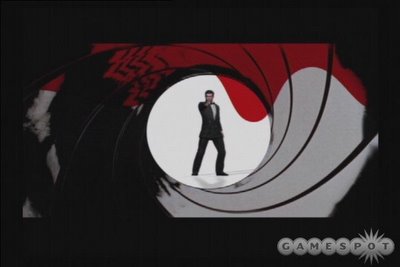Proton chief tells all in controversial Agusta sale

Proton chief tells all in controversial Agusta sale
SHAH ALAM: Proton Holdings Bhd yesterday revealed the details surrounding the controversial sale of MV Agusta for one euro, saying the Italian motorcycle maker was headed for bankruptcy even after the company bought it and that further support for Agusta would only drag Proton down.
Members of the current board said the previous board which approved the purchase was not fully aware of the terms of the shareholders’ agreement and that Agusta failed to deliver the synergies expected.
“This was a decision that was thoroughly considered. There was urgency in the matter but it was not hasty. It took five months to come to that point and we hired external consultants and lawyers and, looked at the possibility of restructuring Agusta but found out it was not a solution,'' said Proton chairman Datuk Mohammed Azlan Hashim.
In a briefing for the media, Azlan, together with board member Badrul Feisal Abdul Rahman and managing director Syed Zainal Abidin Syed Mohamed Tahir, recounted the process that led to the disposal of Agusta.
First wind
Azlan said the board first got wind of the ongoing troubles at Agusta in early August last year when the Proton representative in Agusta said the Italian company was in dire straits and required additional funding.
The group exco at that time, which was formed to take over the daily running of Proton after former CEO Tengku Mahaleel Tengku Ariff left, decided that a detailed review was needed and Credit Suisse First Boston, along with an Italian law firm, were hired to advise Proton on how to move forward.
“This was also the first time we discovered that in addition to the 70mil euro investment in Agusta (which was to buy a 57.8% stake in Agusta), the Proton group had subsequently injected further sums of money into Agusta,'' said Azlan.
The advances were made through two wholly-owned Proton subsidiaries, Proton Cars UK and Perusahaan Otomobil Nasional Sdn Bhd (PONSB).
Azlan said Proton Cars UK advanced nine million euros to Agusta and PONSB had given a credit line of up to 30 million euros. The PONSB advances, of which 15 million had been drawn down, were structured along the lines of a parts purchase assistance programme.
He said the boards of those subsidiaries that approved the funding basically comprised management and from a governance perspective, the board was empowered to do what it wanted.
CSFB review
CSFB had then done its review of Agusta and what it found was “scary” as it found that the existing business model of Agusta was neither operationally nor financially sustainable.
Agusta was unlikely to deliver significant economies of scale even when integrated with Proton.
“Anything can be made to work but it depends on how much money and time you are prepared to spend. If we want to make it work into an operating cashflow positive position, then we have to be prepared for a substantial backing for an extended period at considerable financial risk. In other words, there is no guarantee,'' he said.
Azlan said the board did not know how long it would take for Agusta to turn around neither how much, in total, it would cost.
Faced with the prospect that Agusta would have to pay 154 million euros (the outstanding debt owed plus a claw back on some of the haircut given by previous creditors) should it fail to meet its scheduled debt payment of 16mil euros at the end of December 2005, Proton had a tough decision to make.
Proton was told by its newly appointed adviser CSFB that for Agusta to continue surviving, it needed 40 million euros in the near term and up to 66 million euros until Agusta is able to support itself.
“This is clearly beyond Proton's means,'' said Azlan. He said those estimates were based on certain assumptions and if any of those were not met, the amount would have been higher.
Problem to turn Agusta around
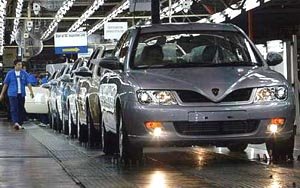
Another problem the Proton board had to deal with was how to turn around Agusta operationally as the company had lost 120 million euros in the last six years.
“This is a niche product. Average sales were 14,425 units a year over the past six years. The breakeven sales number as computed by CSFB was 43,894,'' said Azlan.
“Even if we had the money to invest and could produce 44,000 bikes, could you sell 44,000 bikes? This is not the more you produce, the more you can sell.
This is not a product that sells like hot cakes. This is a highly specialised product and expensive product. This is the Ferrari of motorbikes. Many people desire a Ferrari but how many people can afford to buy one?'' asked Azlan.
Difficult to restructure
Azlan said when Agusta was found to be in a precarious financial position, the initial approach by the Proton board was to see whether Agusta could be restructured.
He said that route was “extremely difficult” because of restrictions such as veto rights and anti-dilution clauses by minority shareholders, and that the previous management was still entrenched in the company.
With creditors overdue and independent directors at Agusta hinting that perhaps Agusta should be wound up as a bankrupt company, Azlan said the only option then left for Proton to extricate itself from Agusta without spending more cash was to sell its stake in Agusta. But it had to sell that stake to a credible party with financial means.
He said six options were deliberated and only one meant no further capital injection by Proton. That option, which involved pledging Proton's stake to Banca Intessa, was shot down by that bank as they felt the Agusta shares were worthless. Bank Intessa was the financier to Agusta.
The Proton board then asked CSFB to find a buyer before the end of December 2005 so that Proton would not have to pay the 16mil euros debt payment and pour in further funds into Agusta.
New buyer found
By Nov 24, GEVI approached Agusta's management with a proposal to acquire Proton's stake. Azlan said Proton had also obtained a proposal from another company, wishing only to manage Agusta and to take the upside from any recovery but not share the downside risk.
GEVI said it will buy Agusta for one euro and inject 30mil euros in total, with 15mil euros of that as working capital. Proton sold its stake in Agusta to GEVI on March 2, 2006.
With hindsight, Azlan said the vehicle Proton used to acquire the 57.8% stake in Agusta - Proton Capital - was not optimum.
“It was not ring-fenced. Proton Capital was just the conduit that put the money into Agusta. That's why our investment of 70mil euros was exposed. All Proton Capital had was the shares of Agusta instead of acquiring (the assets and liabilities) from Agusta,'' he said.
“Structure is just as important as intention. Nothing has been done post acquisition to realise the intention into reality,'' he added.
Expensive lesson
Looking back, Azlan said the Agusta episode was an expensive lesson for Proton.
“We do not want a recurrence of this. To an extent, the financial loss is damage to Proton,'' he said.
The second lesson from this was the loss opportunity as the amount of money pumped into Agusta - 100 million euros in total - would have been better used at Lotus, which was very much involved in auto manufacturing and engineering.
“They have the capabilities, name and brand. This type of money would be better used in building up that company and the money could have also gone into product development,'' he said.
Better use for money
Syed Zainal said that money lost on Agusta would have enabled Proton to hire engineering companies to develop two platforms for Proton.
“Going forward, we should focus on the real problems, which is coming up with new model variants and strategic alliances. Obviously today, going into this venture would have been a very big drain on our resources both financially and time. Too much time has been spent on Agusta. Lotus should be the real focus point on where to put our energy and resources into as the have styling, design and cars,'' he said.
“Our focus should be on getting back the market share in Malaysia, how to capture the Asean market and deal with the National Automotive Policy.''
Azlan said attempts to communicate Proton's views to Tun Mahathir Mohamad has been made but it has not been able to do so.
Update: Theedge 30th Mar 2006
Proton statement on the disposal of interest in MV Agusta Motors SpA
1.0 Background
1.1 Proton Holdings Berhad (Proton) had announced on March 2, 2006, that it has completed the sale of loss-making Italian motorcycle maker MV Agusta Motors SpA (MVAM) to GEVI SpA, ending months of negotiation between both parties. The rationale for the sale of MVAM was to enable Proton to focus on its core business and to minimize its exposure in the loss-making investment in MVAM.
1.2 Despite the release, there continues to be uninformed speculation surrounding the disposal. In view of these uninformed speculations, Proton would now like to offer a more detailed explanation on the disposal.
1.3 The disclosures provided herein are meant only to clarify certain issues and speculation pertaining to the disposal of interest in MVAM. It is not meant to cast aspersions on any party that may have been directly or indirectly involved in the acquisition of the interest in MVAM.
2.0 Disposal on interest in MVAM
2.1 Why Proton took the decision to dispose its interest in MVAM
2.1.1 Proton had, through its wholly-owned subsidiary, Proton Capital Sdn Bhd (Proton CAP) acquired a 57.75% interest in MVAM in 2004. The acquisition was based on the assumption, amongst others, that it would enable access to certain technologies as well as help diversify the Group's revenue stream. Unfortunately, the acquisition of MVAM was not able to deliver on these expectations and is unlikely to be able to do so without significant investment of financial and managerial resources by Proton CAP. Instead, as discovered in August 2005 by the Group Executive Committee, MVAM's financial situation had deteriorated significantly and had threatened to pose significant financial risk to Proton Group. It was this threat together with other considerations that had prompted Proton CAP to re-evaluate its investment in MVAM.
2.1.2 Initially, a restructuring of the investment in MVAM had been considered. However, as a result of the structures put in place to govern the inter-relationship between Proton CAP and the minority shareholders (i.e. Shareholders Agreement, By-Laws etc.), any proposed restructuring would not have yielded a satisfactory solution. In fact it would have merely increased Proton CAP's financial exposure to MVAM without any reciprocal gain in control.
2.1.3 Proton CAP had also subsequently considered continuing to support MVAM, both in the immediate-term as well as until such time that MVAM is able to sustain itself, at which time the investment would be reviewed. Again, as a result of the structures put in place, the funding needs of MVAM would have had to be borne solely by Proton CAP. To begin with, at the time the matter was being considered, the scheduled frozen debts remaining to be repaid amounted to approximately €107 million (RM477.28 million). Estimates prepared in September 2005 also suggested that if Proton were to continue supporting MVAM, it should be prepared to inject an additional €40 million into MVAM as working capital until end-September 2006 and up to €66 million until such time that MVAM is able to sustain itself. All of this assumes that the appropriate bank facilities would be made available to MVAM.
2.1.4 After due consideration, the options were found to be prohibitive in terms of further financial cost, with no certainty whatsoever that MVAM could be turned-around on a timely basis. In addition, the rationale given for the acquisition also now appeared to be unattainable, thereby any further investment into MVAM could not be justified. In any event, the financial requirements for continued involvement in MVAM had increased substantially.
2.1.5 Meanwhile, Proton, through Proton CAP, had also engaged a global investment bank to review and advise it on its investment in MVAM. A review of the acquisition by the investment bank concluded the following:
a) MVAM's existing business model is neither operationally nor financially sustainable.
b) Developing MVAM into an operating cashflow positive business will require: (i) substantial backing from Proton; (ii) over an extended period; and (iii) will involve considerable financial risk.
c) Integration of MVAM's operations with those of PROTON is unlikely to deliver significant economies of scale or synergies to the combined business.
d) There is a very real possibility that MVAM will fall into bankruptcy, with significant commercial, financial and reputational risk to Proton.
2.1.6 Independent legal advice on the operation of Italian law was also sought by Proton CAP. In brief, Proton CAP was advised that there is a real risk that in the event MVAM goes into bankruptcy and legal proceedings are initiated to recover the debts due to the creditors, the corporate veil between Proton CAP and Proton could be pierced if it is shown that PROTON had exercised its "direction and control" to the detriment of MVAM.
2.1.7 After due consideration of the advice given and the adverse financial situation at that point of time, given the limited options availale (as discussed in paragraph 2.1.2 - 2.1.3), it was clear that the most optimal route for Proton CAP to take was to exit MVAM completely via a disposal of its interest in MVAM to another party that has the financial means (or at least is able to secure funding for MVAM) to continue supporting MVAM. In addition to this, the new party that takes over must also have a credible plan that could convince MVAM's banks, and more importantly the local legal authorities of their ability to assume the responsibilities of Proton CAP in respect of MVAM, a company that has cumulative losses over the last six years in excess of €118 million.
2.2 The robustness of the process by which the decision to dispose was arrived at
2.2.1 Proton CAP took the decision to dispose off its interest in the troubled Italian motorcycle maker after careful consideration of the financial as well as operational implications to the Group, both in the immediate as well as long-term. The decision to dispose of the interest in MVAM was taken after five (5) months of intense assessment and discussions at the highest level, beginning in August 2005. During this time, the Board of Proton as well as that of Proton CAP had full access and opportunity to engage with the advisers on the matter.
2.3 The consideration for the disposal
2.3.1 The 57.75% stake in MVAM was disposed off to GEVI SpA (GEVI), a special-purpose vehicle (SPV), for a nominal sum of €1. In addition to this, GEVI as the new majority shareholder, will "step in" and assume responsibility for MVAM's current and future liabilities, as well as secure the necessary funding for the company, thereby reducing the possibility of MVAM falling into bankruptcy. For information, MVAM's current liabilities at that time amounted to approximately €107 million in frozen debts plus other financial and trade creditors.
2.3.2 PROTON CAP had naturally sought a higher value for its stake, prior to the disposal to GEVI, when it instructed its investment bankers to seek for potential buyers for the 57.75% stake in MVAM. However, given that MVAM had negative shareholders' funds, was cashflow deficit, track record of years of losses and no concrete business plan moving forward, a valuation other than a nominal sum would have been extremely difficult to obtain.
2.3.3 The valuation of €1 for Proton CAP's stake in MVAM was supported by the actions of MVAM's existing bankers when they rejected the application for a loan to finance MVAM's working capital, using the MVAM shares as collateral as they viewed the shares as worthless.
2.3.4 Furthermore, the offer made to purchase Proton CAP's shares in MVAM for €1 by the founder of MVAM (who is also one of the minority shareholders of MVAM), also reinforced the notion that attempts to obtain any valuation other than a nominal sum is unrealistic. Therefore, although the Board had mandated the investment banker to try to obtain the highest value possible, in the end, it was not possible.
3.0 Antecedent issues
3.1 Did Proton lose RM500 million from the disposal of MVAM
3.1.1 There has been a lot of uninformed speculation as to "losses" incurred as a result of the disposal of MVAM. The fact of the matter is that the losses were incurred at the time of the acquisition of MVAM, not at the time of its disposal. The Investment Agreement to acquire the interest in MVAM was signed on July 7, 2004 and the acquisition was completed on Dec 1, 2004. The purchase consideration amounted to RM367.6 million. This entire amount of the consideration was treated as goodwill as MVAM was in a net liability position. Consequently, this entire amount was written-off immediately in the current financial year of the acquisition (i.e. financial year ended March 31, 2005).
3.1.2 The additional provisions relating to MVAM in the accounts of Proton Group for financial year (FY) 2005/06 thus far amounts to RM136.2 million. This too does not have anything to do with the disposal but relates to the loans and advances extended via two subsidiaries within the PROTON Group. These loans were extended by Management after acquisition of MVAM.
3.2 Why information was not released earlier
3.2.1 In so far as the regulatory obligations of a public listed company are concerned, Proton has complied with all necessary requirements of Bursa Malaysia. However, addressing the matter publicly was not an option until now, as the agreement to dispose of the interest in MVAM was conditional and restricted the ability of Proton to fully address the uninformed speculation in the public domain.
3.2.2 In addition, it was also felt that responding to the allegations prematurely would have detracted from the main issue at hand, which was to resolve the MVAM issue and avert the potential liability. All this is part of acting in the best interest of the shareholders.
3.3 Steps put in to prevent similar occurrences in the future
3.3.1 Since July 2005, Proton has undertaken a review of the major processes, decision-making structures and limits of authorities. In addition, Proton's external auditors, PWC, were also appointed to undertake a review of investments undertaken by Proton in the past to ascertain potential weaknesses in the process leading to decisions as well as to identify means to address these weaknesses.
3.3.2 One of the first steps taken to prevent or at least minimise the risk of such a recurrence again is a review of the internal governance structure of the Group. Changes have been made to the Management Committee and Board structures of PROTON and its Group. In the past the structures had been exclusive and certain key functions were not well represented. Under the reconstituted and expanded Management Committee and Board structures, a greater diversity of representation has been included in the decision making process. Apart from re-organisation of domestic structures, Proton had also undertaken changes to its overseas investments with a view to improve the balance and control as well as strengthen their financial discipline.
3.3.3 More importantly though, the structures that are now in place provides better clarity to all those concerned, as to actual authority and essential information to be disclosed.
4.0 Moving forward
4.1 With the disclosures, it is hoped that the public will now have a clearer view as to the matter of MVAM.
4.2 With the explanation and clarifications, Proton hopes that the matter will now be put to rest and that PROTON would be allowed to move forward and focus on its core business of manufacturing and selling cars.
4.3 With the recently announced National Automotive Policy (NAP), Proton's focus will now be to intensify efforts to improve its overall capabilities, product quality and cost competitiveness. It will also hasten efforts to promote the brand in various export markets, whilst concurrently expanding its product range quickly and cost effectively, either through partnerships or other means.
Update: NST 30th Mar 2006
MV Agusta - The untold storyProton reveals details behind Agusta deal
SHAH ALAM: Slowly but surely, a more complete picture of Proton’s controversial purchase of troubled Italian bike maker MV Agusta is emerging. And it is not a comforting picture.For a start, the board of Proton Holdings Bhd was not aware of all the facts when it invested in Agusta. It did not know that some RM176 million in cash advances were needed to keep the company afloat, Proton chairman Datuk Azlan Hashim said.Proton also got the short end of the stick in the deal as it could not exercise control despite having more than 50 per cent of the company, he said.It turned out that the minority shareholders could veto key decisions, maintaining their stake even if fresh capital was pumped in by Proton. Also, Proton could not change the management at Agusta.It was in August 2005 that the new management found out the full extent of Agusta’s troubles."We were first alerted when our Agusta representative asked for money. Clearly, we were caught by surprise," Azlan said at a Press conference at company headquarters in Shah Alam yesterday.Former Proton chief executive officer Tengku Tan Sri Mahaleel Tengku Ariff could not be reached for comment. Calls to his mobile phone went unanswered.The present board admitted that Agusta was a costly lesson but it was eager to move on."It would have been a drain on our resources. Our domestic market is challenged. I think that really is the real issue," said Proton managing director Syed Zainal Abidin Mohd Tahir.Proton’s sale of Agusta drew criticism from Mahaleel and adviser and former prime minister Tun Mahathir Mohamad, who wanted Proton to explain the sale of the company for one euro and the rationale for the deal.Proton provided this, and more, at the briefing.Proton bought a controlling 57.75 per cent stake in Agusta for E70 million in 2004. The family-owned maker of premium bikes had debts of more than E231 million.Agusta was losing money and "it has not achieved a single operating target", Azlan said.The firm needed to sell some 44,000 bikes just to break even, but over the last six years, it has managed to sell an average of about 14,000 a year.A six-month due diligence by PricewaterhouseCoopers and Societe Generale had highlighted these concerns."The management team of Proton at that point in time mitigated these concerns," Azlan said.The past management made a E9 million cash advance to Agusta from Proton Cars UK Ltd while Perusahaan Otomobil Nasional Sdn Bhd arranged a E30 million facility for Agusta to buy parts."This was done without the knowledge of the board," Azlan said.Agusta’s finances continued to deteriorate, with the remaining E107 million debt to be repaid and another E106 million needing to be pumped in to ensure a turnaround."The company was really in dire straits," Azlan said, adding that even its chief executive officer wanted to push it into bankruptcy.Proton then hired Credit Suisse First Boston to review the situation and look for a buyer. It found two buyers, but GEVI SpA was the better option because it was taking over Agusta’s current and future liabilities.A price higher than E1 could not be obtained as even banks had rejected loan applications using Agusta shares as collateral. This is because they viewed Agusta shares as worthless.
